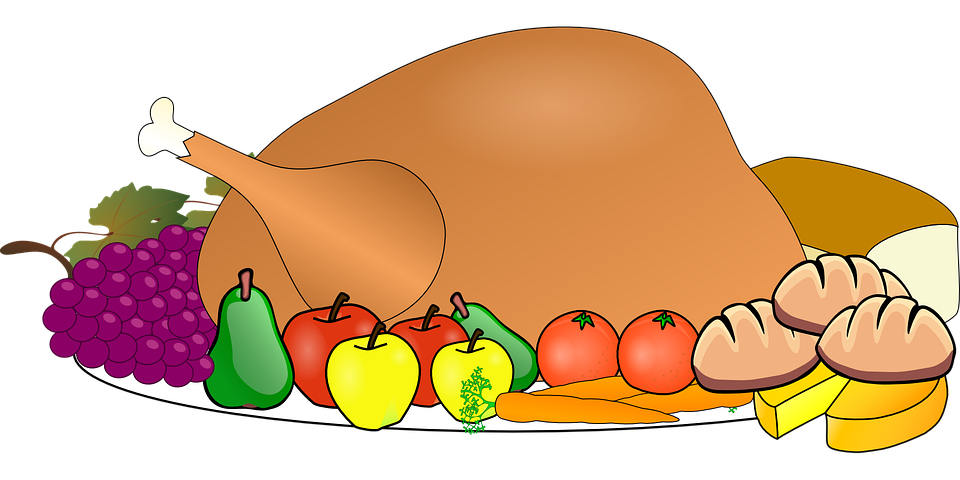TÍTULO DEL PROYECTO
|
|
CRITERIA
|
POINTS
| |||
|
|
4
|
3
|
2
|
1
|
|
|
INTERACCIÓN GRUPAL
|
El alumno contribuye de
forma positiva ofreciendo ideas, haciendo preguntas, respondiendo y ayudando
a resolver los problemas que surgen
|
El alumno contribuye de
forma positiva pero no defiende claramente sus ideas dentro del grupo
|
El alumno contribuye
pocas veces de forma positiva y no respeta las opiniones de los demás
|
El alumno contribuye poco
o nada al trabajo del grupo. Se limita
a seguir instrucciones de los compañeros. No respeta las opiniones de los
demás
|
|
|
ORGANIZACIÓN GRUPAL
|
El alumno respeta y sigue
las indicaciones para realizar las rotaciones en los grupos. Desempeña el rol
que le corresponde con responsabilidad
|
El alumno respeta y sigue
las indicaciones para realizar las rotaciones en los grupos, pero le falta
liderazgo en el desempeño del rol que
le corresponde
|
El alumno no comprende o
es reticente a seguir respeta y las indicaciones para realizar las rotaciones
en los grupos. Desempeña en parte algunos de los roles que le corresponde
|
El alumno no sigue las
instrucciones y / o no desempeña el rol que le corresponde generando algún
conflicto (organización o liderazgo) dentro del grupo.
|
|
|
ORGANIZACIÓN DEL TRABAJO
|
El alumno organiza de
forma individual el trabajo que le corresponde y lo presenta a sus compañeros
claramente.
|
El alumno organiza de
forma individual el trabajo que le corresponde pero tiene dificultades para
hacerse comprender.
|
El alumno organiza
parcialmente el trabajo que le corresponde y lo presenta a sus compañeros con
dificultad
|
El alumno no organiza de
forma individual el trabajo, improvisa y no consigue explicar claramente su
rol en el grupo
|
|
|
CALIDAD POSTER
|
Gráficos y fotos se
corresponden con el contenido del proyecto. Refuerza de forma creativa la
información. El tipo de letra y color invitan a su lectura. Claramente
organizado sin errores de gramática u/y ortografía.
|
Gráficos y fotos se
corresponden con el contenido del proyecto, pero la información se presenta
algo confusa.. El tipo de letra y color invitan a su lectura. Claramente
organizado pero contiene algunos errores de gramática u /y ortografía.
|
Gráficos y fotos se
corresponden parcialmente con el contenido del proyecto. Presenta la
información de forma desorganizada pero se entiende. El tipo de letra y color
no invitan a su lectura. Tiene errores de gramática y ortografía que impiden
su publicación.
|
Gráficos y fotos se
corresponden parcialmente con el contenido del proyecto. La información. Se
presenta de forma caótica. El tipo de
letra y color no son atractivos y no estimulan su lectura. Muchos errores de gramática u/y ortografía.
|
|
|
PRESENTACIÓN ORAL
|
Comunica con fluidez y
sin pausas el mensaje. Enlaza las oraciones usando conectores apropiados. No comete
errores gramaticales y el uso del vocabulario y entonación son apropiados. La
pronunciación es correcta.
|
Comunica con fluidez y
sin pausas el mensaje pero tiene problemas con los conectores: hace frases
demasiado cortas. Comete errores gramaticales pero no impiden su comprensión
y el uso del vocabulario y entonación son apropiados. La lengua materna
interfiere un poco en la pronunciación.
|
Transmite el mensaje con
indecisión y tiene problemas para
enlazar las oraciones: apenas usa los conectores. Comete errores gramaticales
que afectan parcialmente a la comprensión. El uso del vocabulario y
entonación no están a nivel. La lengua materna interfiere un poco en la
pronunciación
|
Transmite el mensaje con
mucha indecisión y tiene problemas
para enlazar las oraciones: apenas usa los conectores: oraciones simples.
Comete errores gramaticales que afectan bastante a la comprensión. El uso del
vocabulario y entonación no están a nivel. La lengua materna interfiere mucho
poco en la pronunciación
|
|
|
ENTREVISTA / CARTA
|
Dominio claro de la
expresión escrita. Bien secuenciada y progresión clara de las ideas.
Construcción perfecta de las oraciones sin errores gramaticales, de
vocabulario y ortografía.
|
Dominio de la expresión
escrita. Secuenciada pero progresión
de las ideas no está clara.. Algunos errores en el orden de las palabras pero
sin errores gramaticales, algún problema con el vocabulario y alguna falta de
ortografía.
|
Dominio débil de la
expresión escrita. Mal secuenciada pero con algunas ideas claras Errores básicos en la construcción de las
oraciones con errores gramaticales, de
vocabulario y ortografía que afectan a la comprensión.
|
Dominio muy débil de la
expresión escrita. Mal secuenciada y con pocas ideas claras Errores básicos en la construcción de las oraciones
y con errores gramaticales, de
vocabulario y ortografía que afectan a la comprensión.
|
|


 which takes place in West London on the August
which takes place in West London on the August 



 They invited the Indians to a feast. Pilgrims and Indians ate and ate and ate for three days. They gave thanks for good food. That was
They invited the Indians to a feast. Pilgrims and Indians ate and ate and ate for three days. They gave thanks for good food. That was 



